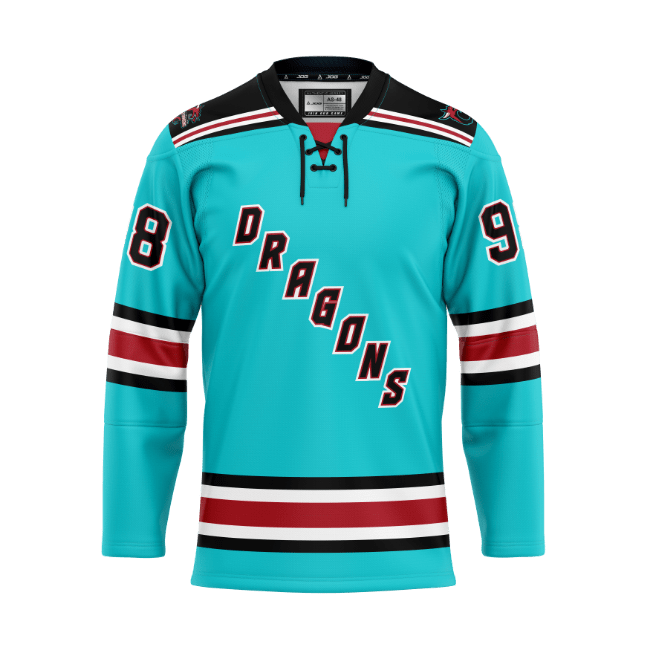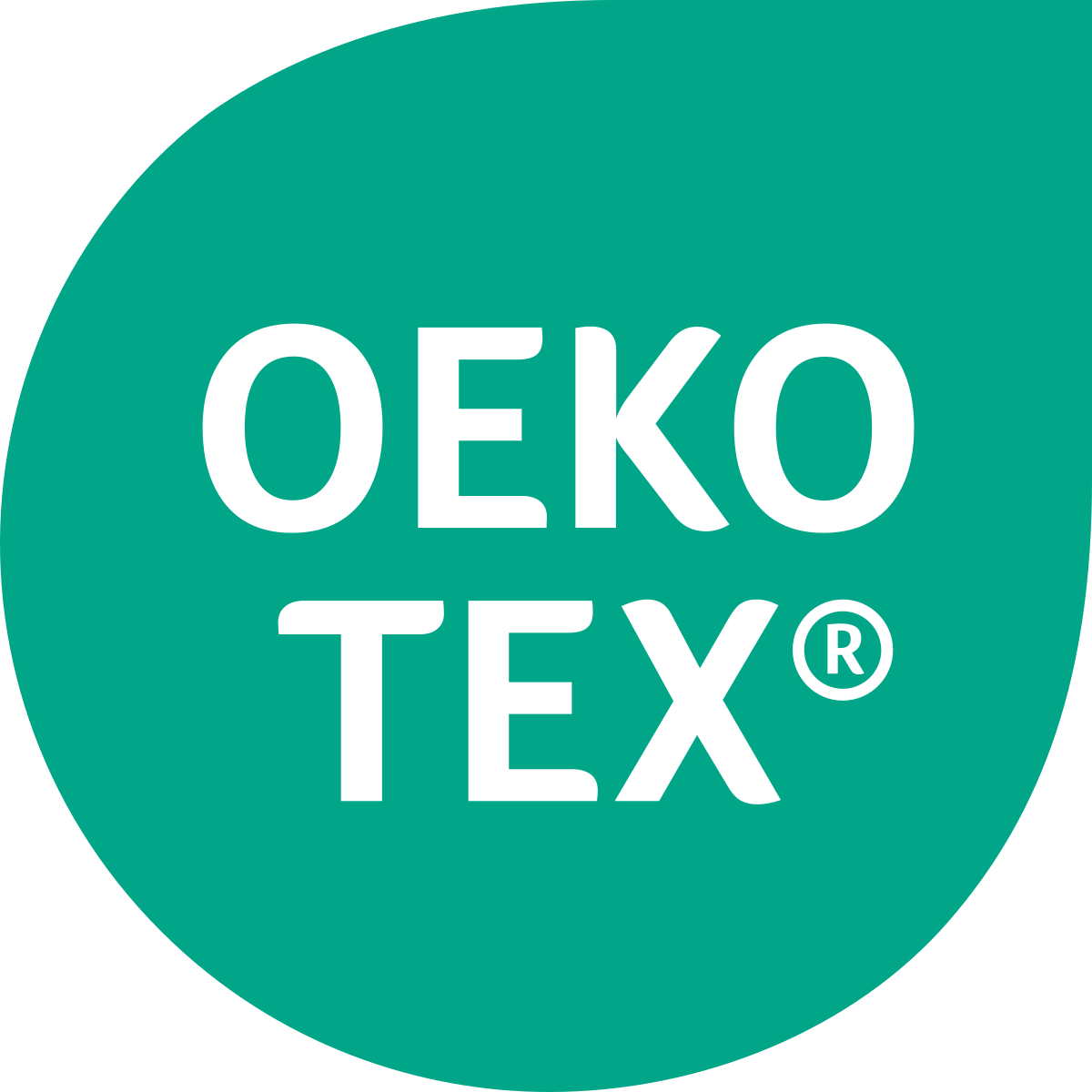We know that in the rush to get a team outfitted for the season, not all sports teams are thinking about sustainability in their jerseys and apparel. But don’t worry, because we are.
At JOG Athletics we are working toward better accountability of our environmental impact. We also choose to partner with suppliers and factories that make building sustainability into their operations and products a priority.
Despite the inroads we’ve made, we realize that there is opportunity for greater impact in our everyday operations. With each decision we make we ask ourselves, “Can we do better?”
JOG has grown quickly in the 14 years since its inception. As we’ve grown we’ve worked to find efficiencies in our manufacturing capabilities. For example, we’ve increasingly moved a greater proportion of our production to large-scale digital fabrication. Digital fabrication, known as sublimation, also reduces time of production, eliminates ink waste, and through precision cutting reduces material waste. Any scraps we do incur are bagged up and returned to our suppliers for further recycling. Furthermore, our “sublimation inks” are made in a state of the art facility in Japan with absolutely the highest environmental protection standards in place, using a government-audited clean up tank and filtration system that returns waste water to the environment as a crystal clear water.
At JOG Athletics, we have never been satisfied with the status quo when it comes to quality and we are proud to be at the forefront of the eco-friendly apparel movement with our REPLAY and GRINDE materials. In 2019 we began our collaboration with suppliers of upcycled polyester thread which was ground-breaking at the time. From these fibers we crafted durable and comfortable sustainable fabrics which we call REPLAY. Since then we’ve steadily increased the number and type of stocked materials comprised of these threads. More than 70% of our orders are now made with REPLAY materials.
PET bottles are cleaned, cut, chopped, melted and then spun into recycled polyester yarns.

15+
Bottles
(*estimate)
We’ve partnered with a supplier that is producing patented bio-based materials from coffee grounds. At JOG we call this series GRINDE. These fabrics are particularly well-suited to our Performance apparel. Not only is this fabric environmentally-friendly, but this material offers a superior customer experience.
The unique filaments allow for faster drying times while the nano coffee grounds absorb odors and reflect UV rays. The fabric's functions are permanent and do not wear or wash out.

We work exclusively with a dyeing factory that carries the OEKO-TEX® Standard 100 certification for its dyes. OEKO-TEX® is an accredited global testing standard that tests for harmful substances. JOG products (or is it just the dye Scott) are tested to a Product class 2 level which includes products with skin contact. Our supplier utilizes a solvent-free technology that is capable of increasing color stability and is more eco-friendly since no water is used in the process.
Since moving into our current location we’ve installed Evaporative Cooling Pads. This system utilizes fresh air from the outside and reduces the temperature via indirect adiabatic cooling; a natural evaporation process. This method has a distinct advantage in cooling the work environment versus traditional air conditioning in that it uses substantially less energy and reduces our overall CO2 emissions.
JOG uses biodegradable plastic bags labeled for individual customer items but we are investigating even more sustainable packaging options with the aim of entirely eliminating our dependence on plastic materials. Options currently under investigation are paper, laundry bags and simple ties. Care is taken to optimize packing to use as few boxes as possible.


At JOG Athletics, we prioritize our customers above all. Despite shifting global trade dynamics and potential U.S. tariffs, we pledge to keep our prices unchanged through 2025.
